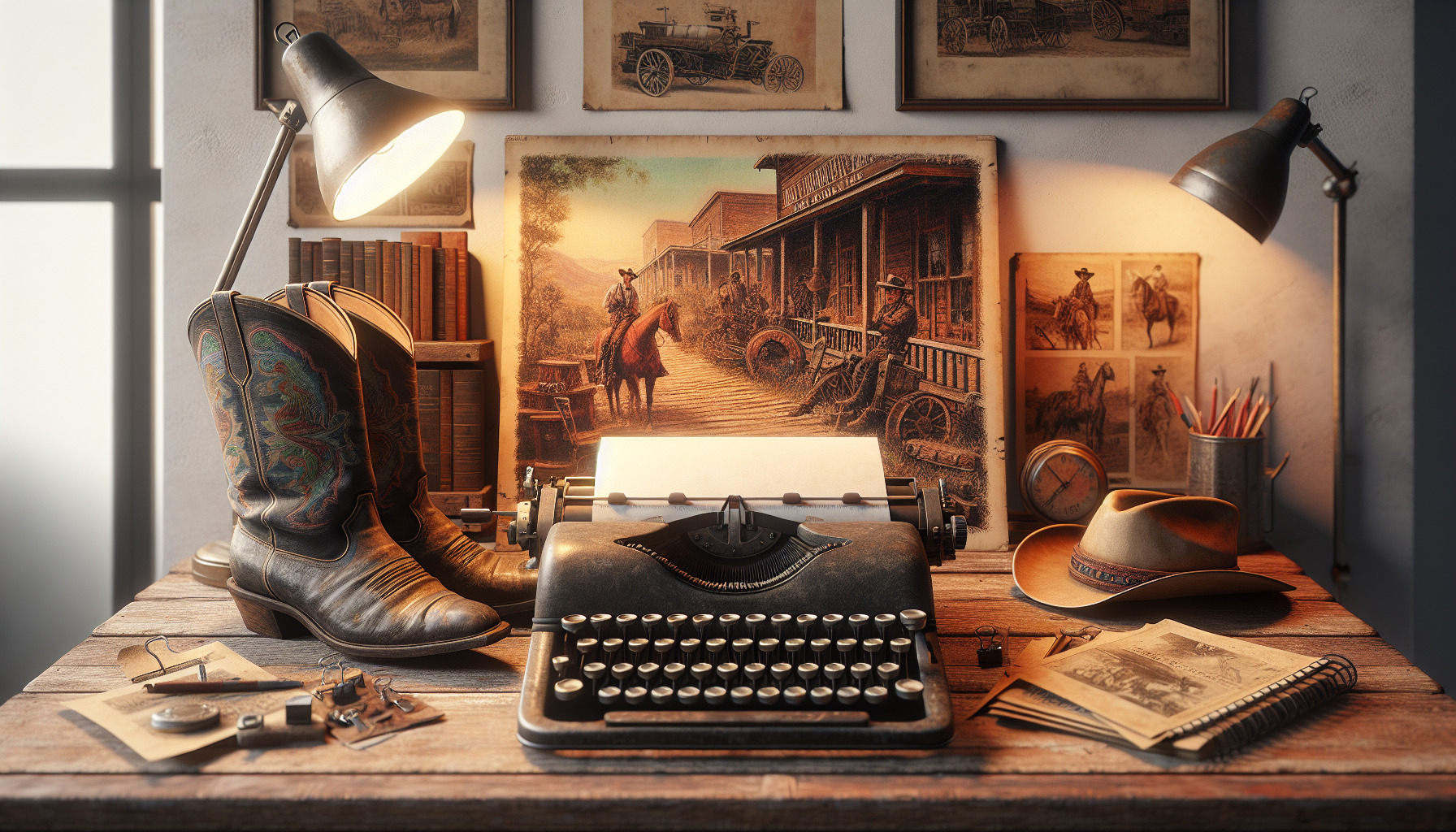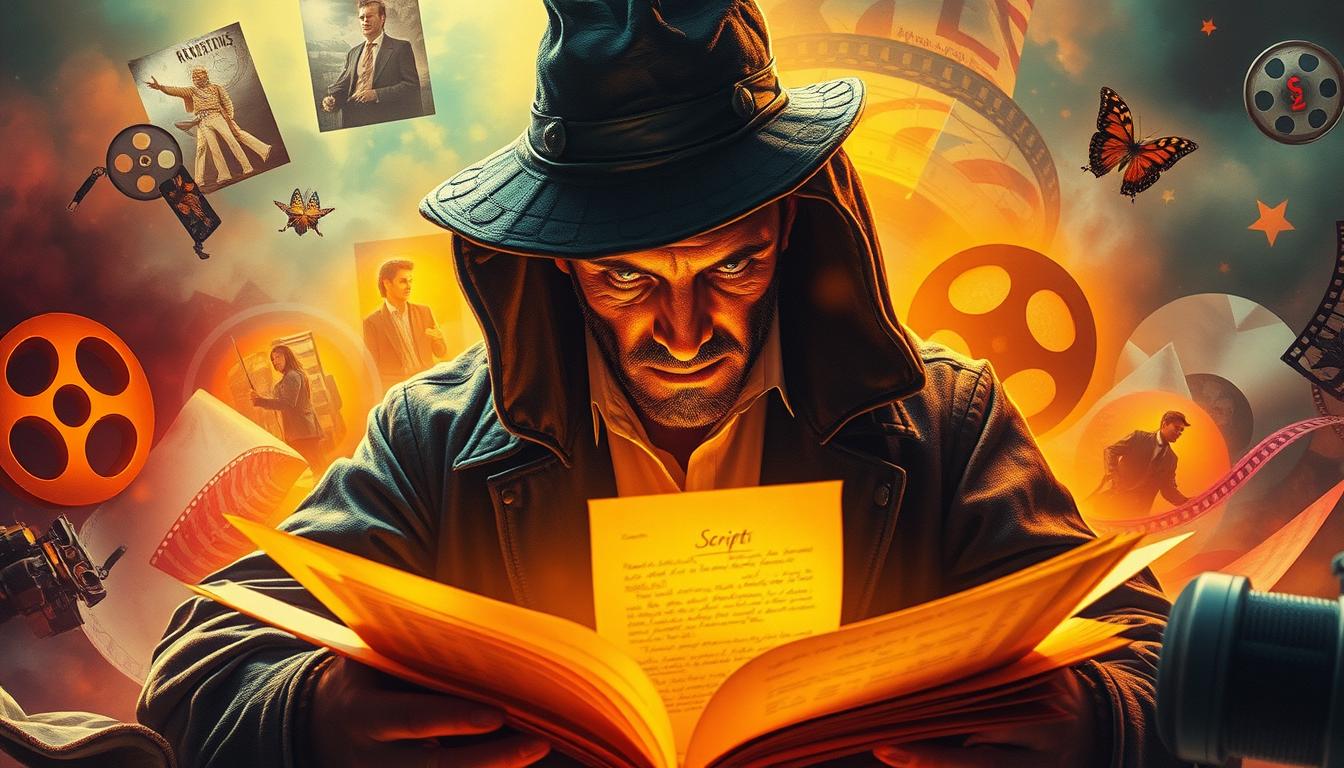
Saddle Up Your Script: The Art of Writing a Classic Western
So, you fancy yourself a scribe of the sagebrush and saloons, do you? Writing a Western isn’t just about slinging guns and witty one-liners across a dusty street. It’s an art form draped in the sunset hues of a bygone era. Here’s how to pen a Western screenplay that could make even Clint Eastwood tip his hat.
Stick to High Noon Tropes
Every genre has its clichés, and Westerns are the sharpshooters of genre tradition. Embrace the dusty roads, the tense standoffs, and the outlaw with a heart of gold. Tropes are your friends, as long as they are handled with a fresh twist. Think about how you can subvert the expected; perhaps the saloon owner is the hero, or the notorious villain is motivated by something more poignant than greed or revenge.
Paying Homage to the Landscape
A Western without sweeping landscapes is like a saloon without whiskey—disappointing. Your script should paint the setting in vivid strokes. The arid deserts, the imposing mountains, and the untamed frontier are more than backdrops; they’re characters in their own right. Involve them in your storytelling. Let the relentless sun play a role in a character’s unraveling or the endless prairie widen the emotional distance between estranged lovers.
Dialogues Sharper Than a Bowie Knife
Westerns thrive on gritty, terse dialogue. Your characters should speak in a manner as rugged as the landscape. Economize your words and let silence speak volumes. When a gunslinger talks, their words should be deliberate and impactful, much like their bullets. A well-placed line can be as deadly as a shot to the heart.
Morality at the Frontier
The moral ambiguity of your characters can be as shifting as the desert sands. Westerns often delve into themes of redemption, justice, and revenge, seen through a moral lens that is not always black and white. Create complex characters whose questionable choices lead us to question our own moral compass. Is the outlaw justified in seeking revenge? Can the sheriff who upholds the law ignore his past transgressions?
Structure is the Sheriff in Town
A good screenplay, like a well-run town, needs structure. Westerns often follow the classic three-act formula: introduce your lone hero in Act One, let the conflict reveal itself in Act Two, and resolve the high-stakes showdown in Act Three. How well you adhere to this structure can either make or break your screenplay’s backbone.
It’s All in the Showdown
The showdown, or climax, is typically what makes a Western memorable. Build tension like a carefully constructed pile of tumbleweeds about to catch fire. Whether it’s a shootout, a chase across the plains, or a moral confrontation, this climax needs to be charged with emotion, stakes, and resolution that will leave your audience gasping for the prairie wind.
Casting the Right Shadows
Finally, remember that a Western is often about the undercurrents of the human spirit battling against an adversarial world. Play with themes of isolation, community, individualism, and civilization. How your characters navigate these themes will cast the long shadows that add depth to your cinematic tale.
So, pilgrim, if you reckon you’re ready to craft a tale that’s wild at heart and meticulous in execution, grab your pen and stetson. The frontier of screenwriting awaits, and it’s as wild and raw as any tale spun by a campfire under the stars.






